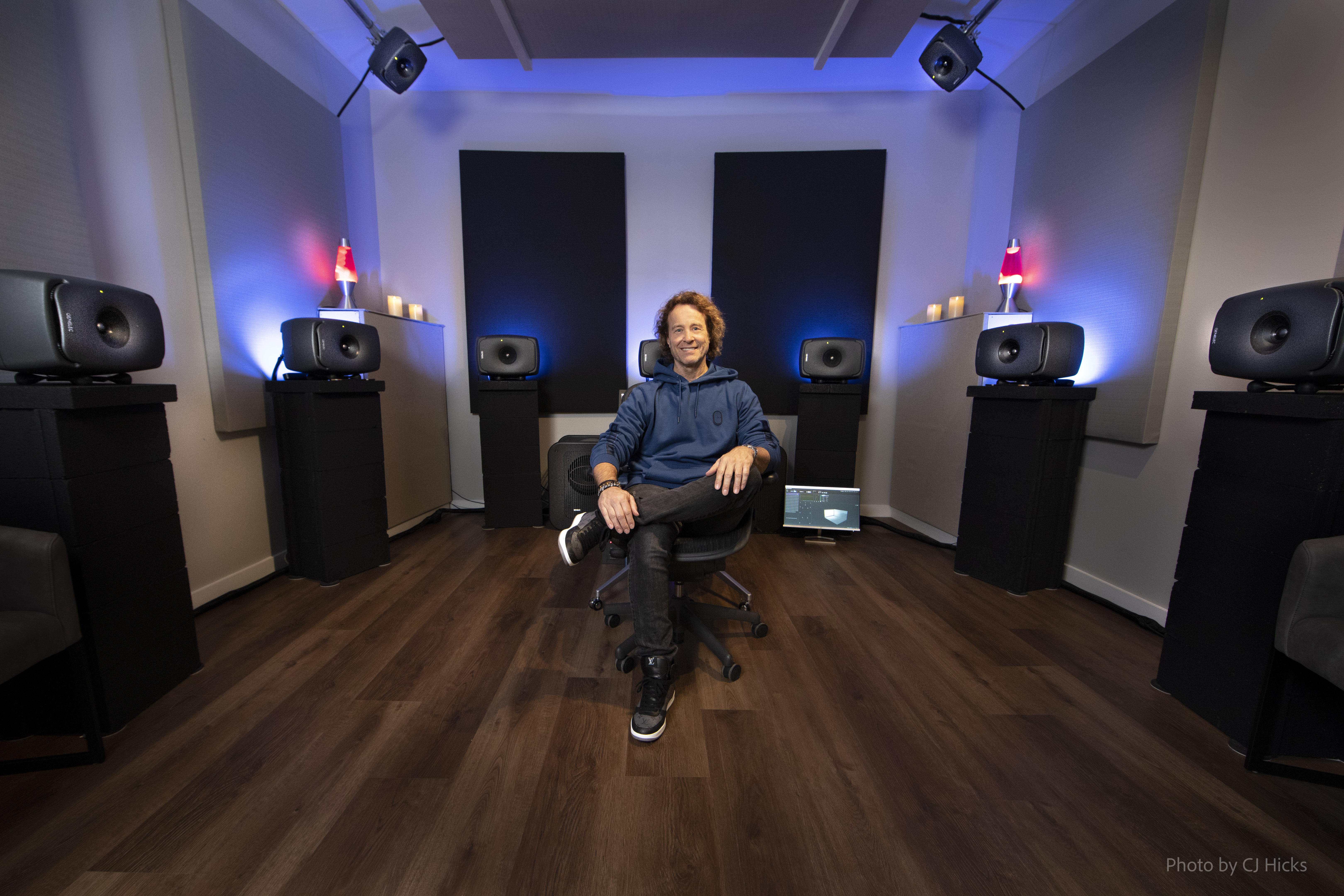@kota1 you seem like someone who’s not in the music making profession, but someone who is very passionate and I appreciate your passion. A few things that you need to understand. 1. posting pictures of studios means nothing. Everything is done in the commercial world on a budget. Yamaha NS-10 mixed much of the best music of past decades 2. As I said to you in a private message, just now, Atmos needs cohesion ... more than it needs high-quality speakers. When I mentioned, DSP previously, that’s what I was talking about.
Those Genis are good not great speakers. Yet. Anything set up well can do atmos well. It’s easy to get so excited about the emotions from the format that we lose track of what makes a great speaker. The best speaker test is in stereo. Dynamics, phase distortion, amplitude, group delay, imaging, excursion, etc. Then when applied to atmos it’s even more amazing
As far as my credentials they are numerous, but for now let’s say I mastered 4 records this year nominated for a Grammy, and I have the only analog Atmos mastering room in the world at the moment. I’ve sent you a longer reply in private, so that if you want to fight with me, we can keep that off of the board.
here’s a link to an article about my room:



 ,
,
